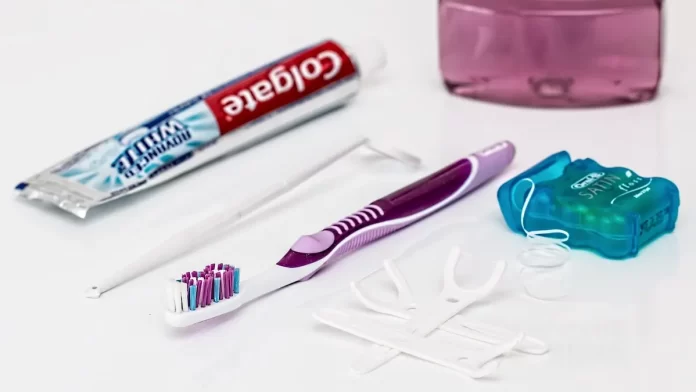In the modern world, we are surrounded by a vast array of daily objects that have become indispensable to our routines.
From toiletries to food containers, many of these products are designed to make our lives more convenient and efficient.
However, lurking within them are several chemicals that have raised concerns about their potential impact on human health and the environment.
In this article, we will explore ten commonly used chemicals found in everyday objects, shedding light on their uses, risks, and how to make informed choices to minimize exposure.
Bisphenol A (BPA)
BPA is an industrial chemical used in the production of plastics and resins, particularly in food and beverage containers.
Studies have linked BPA exposure to hormonal imbalances and potential adverse effects on the brain, behavior, and prostate glands.
To reduce exposure to BPA, opt for BPA-free products or choose glass, stainless steel, or silicone containers.
Triclosan
Triclosan is an antimicrobial agent used in various personal care products like toothpaste, soaps, and hand sanitizers.
It also can be found in clothing, kitchenware, furniture, and toys—products not regulated by the FDA.
However, it has been associated with antibiotic resistance and hormone disruption. The FDA has banned triclosan in some products due to health and environmental concerns.
Phthalates
Phthalates are chemical compounds used to soften plastics and improve fragrance retention in personal care products.
These chemicals have been linked to reproductive and developmental issues. To avoid phthalates, choose products labeled as “phthalate-free” or go for natural alternatives.
Parabens
Parabens are preservatives commonly found in cosmetics and personal care items to prevent the growth of bacteria and fungi.
However, some studies have indicated potential links between parabens and breast cancer and hormone disruption.
Look for products labeled “paraben-free” or use natural alternatives like essential oils.
Formaldehyde
Formaldehyde is a volatile organic compound (VOC) used in the production of building materials, adhesives, and even some personal care products like nail polishes.
Prolonged exposure to formaldehyde has been associated with respiratory problems and cancer. Be mindful of indoor air quality and use nail products labeled as formaldehyde-free.
Perfluorooctanoic Acid (PFOA)
PFOA is used in the production of non-stick cookware and water-resistant materials. It is a persistent chemical that can accumulate in the environment and the human body, potentially causing reproductive and developmental issues.
Opt for cookware made from stainless steel or cast iron as safer alternatives.
Sodium Lauryl Sulfate (SLS) and Sodium Laureth Sulfate (SLES)
These chemicals are surfactants commonly found in shampoos, body washes, and toothpaste.
They create foam but can be irritating to the skin and eyes. Consider using sulfate-free products to minimize potential side effects.
Ammonia
Ammonia is present in many cleaning products, particularly glass cleaners and oven cleaners. It can cause respiratory irritation and should be used in well-ventilated areas. Natural cleaning alternatives using vinegar and baking soda are safer options.
Glyphosate
Glyphosate is the active ingredient in some herbicides, including the well-known brand Roundup.
It has been linked to cancer and is of environmental concern due to its potential impact on biodiversity. Whenever possible, opt for organic alternatives or non-chemical methods of weed control.
Benzene
Benzene is a volatile organic compound found in gasoline, tobacco smoke, and some cleaning products.
Long-term exposure to benzene has been associated with an increased risk of leukemia and other blood-related cancers.
Limit exposure by avoiding smoking and using environmentally friendly cleaning products.
Conclusion
While many chemicals play essential roles in our daily lives, some of them raise legitimate concerns about their impact on health and the environment.
As consumers, it is crucial to stay informed and make conscious choices when purchasing everyday objects and toiletries.
Opting for natural, organic, and eco-friendly alternatives can help reduce exposure to potentially harmful chemicals and contribute to a healthier and more sustainable world.
Always read labels, research products, and be proactive in protecting your well-being and that of the planet.
